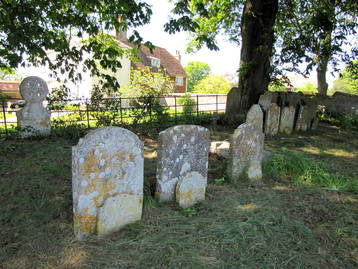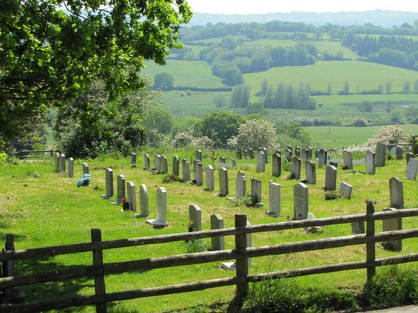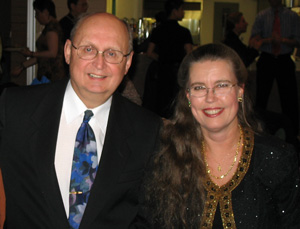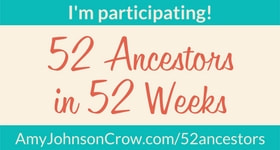Thomas was in his mid 50s when he died, leaving behind his widow Mary HUCKSTEP and 2 surviving children: his son John, aged 28 and a daughter Mary, aged 25. Their first son William had died as an infant. Both John and Mary were both still single. Thomas provided his widow with a healthy annuity after his death, and appointed John and Mary as joint executors, with help from an appointed Trustee. Son John inherited the bulk of the estate, while Mary was granted an outright sum of £1000 - quite a significant amount in those days. According to measuring worth.com, the value of that amount of income or wealth would now be at least £132,900! Or if you want to consider the amount of economic power it granted her in today’s economy, the worth would be more like £13 million!!!
So with these appealing prospects, perhaps it is no surprise that on May 1st of the following year, Mary married Henry RICHARDSON (1727-1798) of nearby Brede Parish. I wonder how and when they met? I would hope that they knew each other and were perhaps even engaged before her father died, causing them to delay the wedding for the mourning period, but this is pure speculation. The Richardsons seem to have been prosperous land holders as well, and Brede is not far from Hastings, so it is possible that the families knew one another socially or through business dealings.
In another sad twist of fate, Mary’s brother John died just 2 months after Mary’s marriage and, in Aug 1754, Mary was sworn in as sole administrator of her father’s will. As John had not yet married and was without issue, his father’s will stipulated that his share of the estate revert to his sister Mary. She was now a very wealthy woman.
 Western border of St George's upper churchyard in Brede Sussex, with Church House in the background.
Western border of St George's upper churchyard in Brede Sussex, with Church House in the background. Then the following year her first son Harry was born and baptized, but her joy was short lived when he died just 2 months later. Money obviously could not prevent such a steady stream of deaths and heartache.
Mary went on to bear 8 more children between 1756 and 1773, including another Henry (my ancestor), a John (who also died as an infant), and another John (a farmer in Brede who, in spite of being the executor of his father’s will in 1798, ended up in a workhouse by 1851). Baptisms for all 9 children were dutifully recorded in the parish registers of St George's Church in Brede Sussex.
The family home in Brede was called Church House, which is now listed on the English Heritage site. It is unclear in what year this Henry and Mary Richardson took up residence there. Certainly by 1777 when their oldest son Henry married, Henry (Sr) gifted Church House to the newlyweds. It could be that Henry and Mary then moved to Firelight in Hastings.
Henry seems to have had a good head for business, because he operated a successful kiln works, manufacturing bricks, tiles, and pottery from the ample supply of clay on one of his Brede properties.
A book by John Manwaring Baines entitled "Sussex Pottery" reports ...
“Some time between 1736 and 1761 the land (Site of the old Brede Pottery) was acquired by Henry Richardson, who lived at Church House. Whether he actually started the works is not known, but the existence of a three acre Kiln Field, shown on a survey in 1715 suggests there was already some pottery or brickmaking activity in the area. We do know that Brede works became quite extensive for in 1786 Richardson received 2s 6d a load for carrying 14 load of potsherds to repair roads in the Parish."
I really do hope that Mary did experience “sweet love” as her maiden name seemed to predict, in spite of her life having been riddled with hardship as well as privilege.



 RSS Feed
RSS Feed
